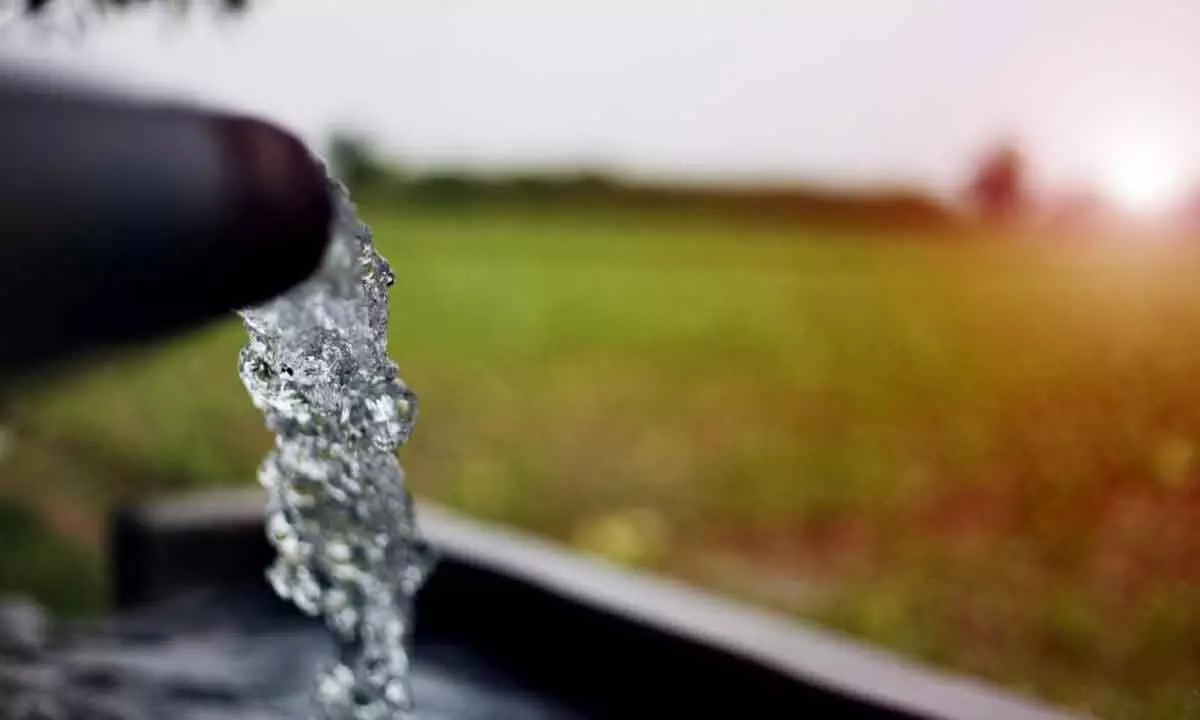Experts are right, tap coastal belt as source for ensuring water security
image for illustrative purpose

With yet another World Water Day having just passed, the spotlight shifts to India's journey towards water security amidst growing concerns about its scarcity across major Indian cities and towns. With 18 per cent of the world's population but a mere four per cent of its water resources, India faces significant challenges in ensuring water security for citizens and industries alike. Ambitious initiatives and innovative solutions spearheaded by the Government of India, alongside leading water companies, are paving the way towards a water-resilient future.
Nonetheless, the prevailing drought-like situations demand serious introspection from all stakeholders. This is despite the fact that many endeavours are in place towards achieving this end. A majority of subject experts almost in unison orchestrate that coastal India, stretching to over 7500 km, presents an immediate alternative with the abundant seawater that is available. Desalination emerges as a viable, reliable, sustainable and affordable alternative water source. This is a scientifically proven process and hence it ought to be given due consideration.
Given that the raw water source in desalination is virtually inexhaustible, it offers a drought-free solution for municipalities and industries, ensuring water security. One more factor that works out in favour of the proposal is that the cost of desalinated water has been decreasing over the years, thanks to technological advancements. As things stand, this is likely to decrease further with the utilisation of renewable energy. It is imperative to explore opportunities to manufacture water from alternative sources, of which there is no dearth, and easily accessible.
All these years, the focus has traditionally been on surface and groundwater, comprising only three per cent of the world's fresh water sources, while the remaining 97 per cent largely goes unnoticed. Additionally, if we exclude glaciers and permafrost, the available fresh water for consumption becomes severely limited. And this is precisely where one has to contemplate viable options and go about pursuing them to ascertain their feasibility.
Despite this reality, the myth of water being an infinite resource persists. One should also take into account the fact that the agriculture sector is the largest consumer of water in India, accounting for over 90 per cent, followed by the domestic and industrial sectors.
India ranks among the most water-stressed nations globally, with per capita water availability decreasing due to the population growth. At present, 54 per cent of the country faces high to extremely high water stress, with 16 per cent of the area being drought-prone, impacting over 50 million people and 68 per cent of the sowing area. Interestingly, water reuse and recycling are gaining momentum as essential strategies to maximize water resources.
Policies such as the Safe Reuse of Treated Water (SRTW), adopted by several states, further contribute to water security by promoting the widespread and safe reuse of treated wastewater. There is a compelling need for more such timely interventions and initiatives- not only from the government, but also from the private sector. Most importantly, the onus is equally on every responsible citizen to set the best of precedents by doing his/her bit to conserve water before the situation turns more precarious. This is even as the authorities make moves for identifying alternative sources.

